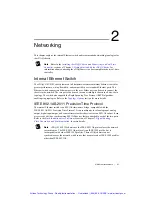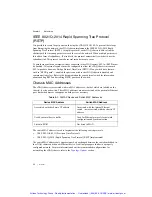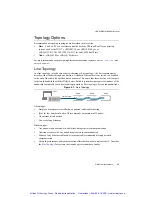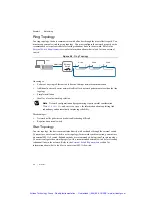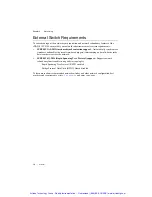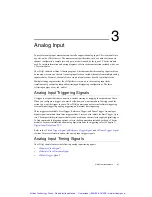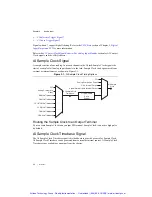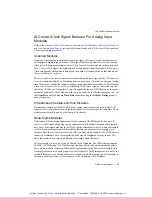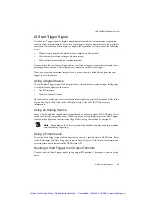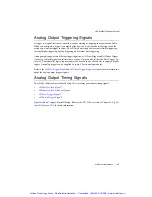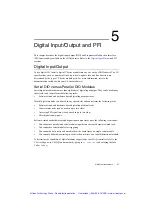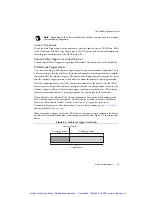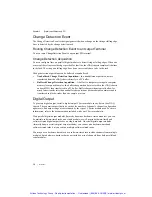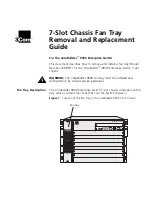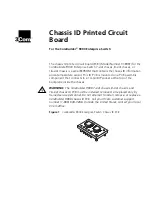
© National Instruments
|
4-1
4
Analog Output
To generate analog output, install an analog output C Series module in any slot on the cDAQ
chassis. The generation specifications, such as the number of channels, channel configuration,
update rate, and output range, are determined by the type of C Series module used. For more
information, refer to the documentation included with your C Series module(s).
On a single analog output C Series module, you can assign any number of channels to either a
hardware-timed task or a software-timed (single-point) task. However, you cannot assign some
channels to a hardware-timed task and other channels (on the same module) to a software-timed
task.
Any hardware-timed task or software-timed task can have channels from multiple modules in
the same chassis.
Analog Output Data Generation Methods
When performing an analog output operation, you either can perform software-timed or
hardware-timed generations. Hardware-timed generations must be buffered.
Software-Timed Generations
With a software-timed generation, software controls the rate at which data is generated. Software
sends a separate command to the hardware to initiate each DAC conversion. In NI-DAQmx,
software-timed generations are referred to as on-demand timing. Software-timed generations are
also referred to as immediate or static operations. They are typically used for writing out a single
value, such as a constant DC voltage.
The following considerations apply to software-timed generations:
•
If any AO channel on a module is used in a hardware-timed (waveform) task, no channels
on that module can be used in a software-timed task
•
You can configure software-timed generations to simultaneously update
•
Only one simultaneous update task can run at a time
•
A hardware-timed AO task and a simultaneous update AO task cannot run at the same time
Artisan Technology Group - Quality Instrumentation ... Guaranteed | (888) 88-SOURCE | www.artisantg.com

